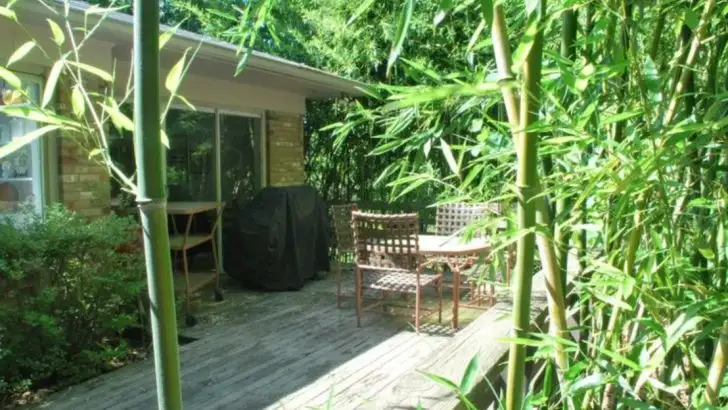Some plants should come with a warning label. They look innocent—gorgeous, even—lined up at the garden center, practically begging to be carted home. But pros? They walk right past them without a second glance. And no, it’s not because they’re plant snobs. These are the heartbreakers. The divas. The high-maintenance disasters-in-waiting. They might grow like gangbusters—until they don’t. Or they might spread like wildfire and take your whole yard hostage. Either way, there’s a reason seasoned landscapers avoid them like a rake to the ankle. Before you fill your cart with trouble, find out what the pros already know. Your future self (and your weekend schedule) will thank you.
English Ivy
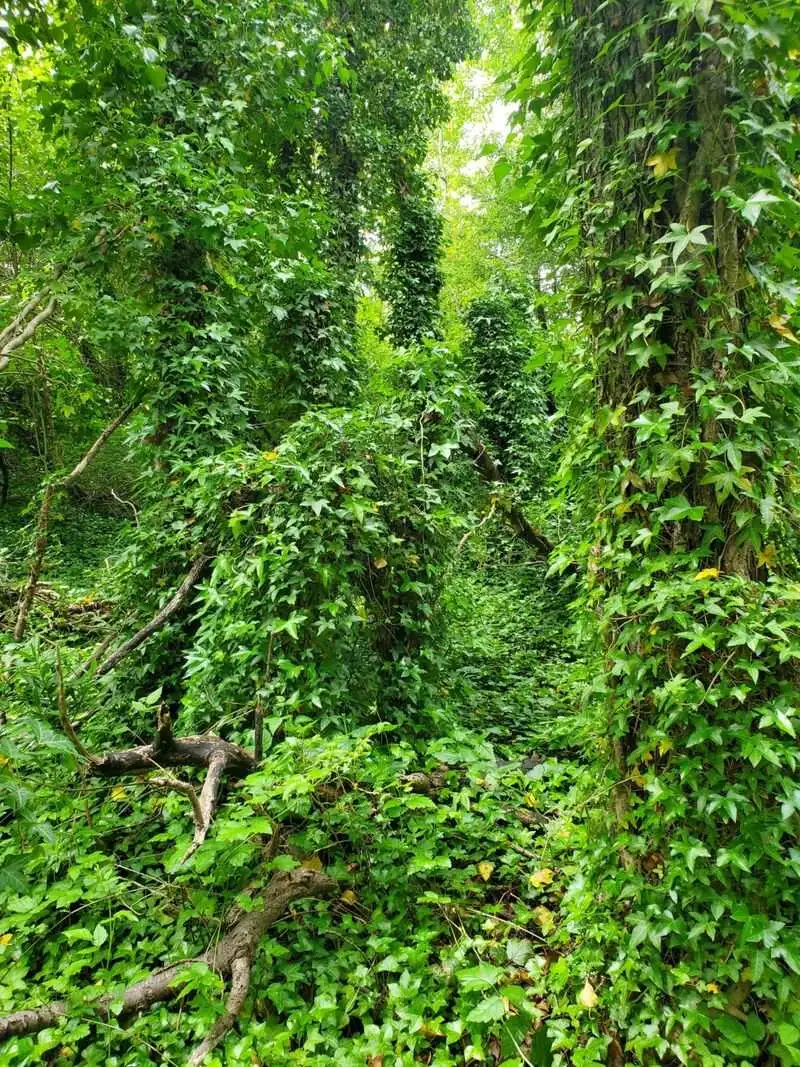
English Ivy may evoke thoughts of charming old buildings, but its invasive tendencies are a nightmare for landscapes. This aggressive climber can suffocate trees and shrubs, leading to instability and even death of the host plant.
While it’s visually appealing, English Ivy requires constant maintenance to prevent it from taking over. Landscapers prefer to avoid it due to its aggressive growth, which can damage structures and disrupt ecosystems.
Instead of English Ivy, consider native climbing plants that offer a similar aesthetic without the ecological disruption.
Bamboo
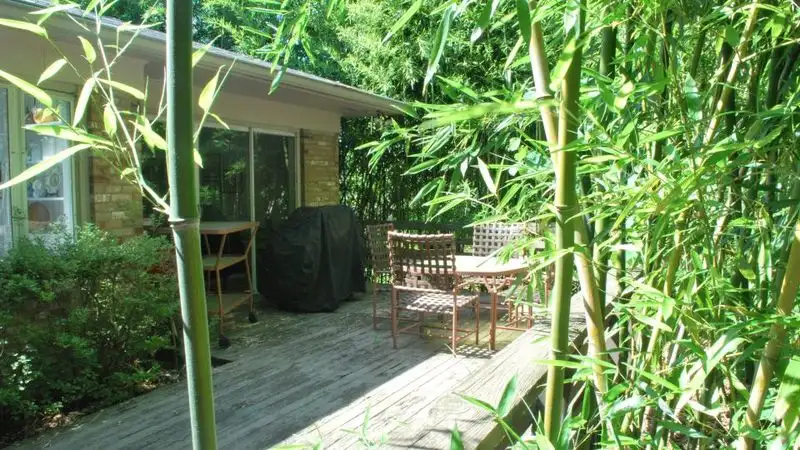
Bamboo might bring to mind serene Asian gardens, but its rapid growth can quickly turn it into a landscaping headache. Known for its invasive nature, bamboo can spread uncontrollably, encroaching on neighboring properties and ecosystems.
This plant’s relentless growth requires constant surveillance and management, making it unsuitable for many landscaping projects. Landscapers usually steer clear of bamboo to avoid unintended consequences and high maintenance costs.
Opt for clumping varieties that are less invasive if you’re keen on incorporating bamboo into your garden.
Mint

Mint is a beloved herb cherished for its refreshing aroma and culinary uses. However, its aggressive growth can quickly overrun a garden. Mint spreads via underground runners, making it difficult to control once established.
Landscapers avoid planting mint directly in garden beds, as it can choke out other plants and require excessive management. Using containers or isolated areas helps contain its growth.
Consider other aromatic herbs that offer similar benefits without the aggressive spread, such as lavender or rosemary.
Norway Maple
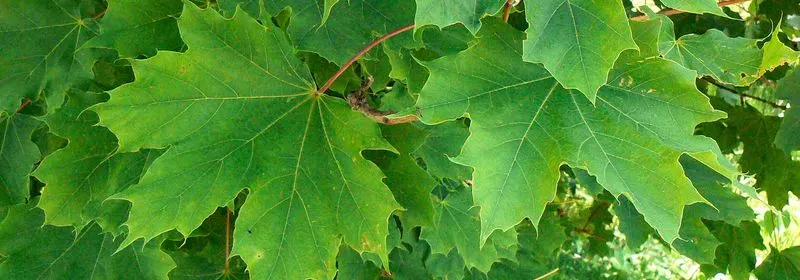
The Norway Maple stands tall and proud, offering abundant shade with its broad canopy. However, its dense shade and shallow root system can make it a problematic choice.
This tree often outcompetes native species for nutrients and light, disturbing the delicate balance of local ecosystems. Landscapers often bypass Norway Maple due to its invasive tendencies and heavy leaf litter.
Planting native trees like the Sugar Maple can provide similar shade benefits while supporting local wildlife.
Japanese Barberry

Japanese Barberry captivates with its vibrant colors and ornamental allure, but its ecological impact is less charming. This shrub can spread rapidly and create dense thickets, outcompeting native plants.
Its presence is linked to increased tick populations, adding to its drawbacks for use in gardens. Landscapers often avoid Japanese Barberry in favor of native shrubs that support local fauna and flora.
Consider alternatives like Winterberry, which offer beauty without the ecological concerns.
Russian Olive
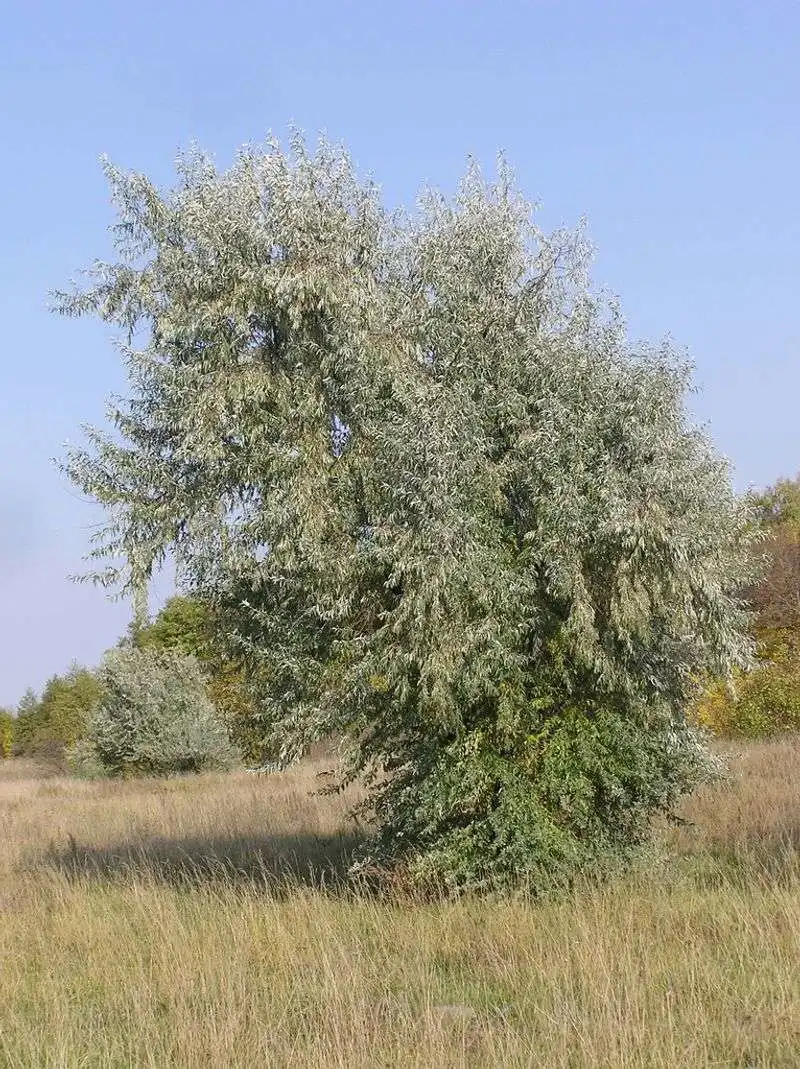
Russian Olive trees appear as a beacon of resilience in arid landscapes, but their invasive nature belies their initial charm. Known for their rapid spread, they can quickly overtake native vegetation.
These trees often disrupt ecosystems by monopolizing water and nutrients, creating a monoculture that’s difficult to reverse. Landscapers prefer to avoid Russian Olive to maintain ecological balance.
Choose native drought-resistant trees that blend with the existing landscape and support biodiversity.
Wisteria

Wisteria’s romantic, cascading flowers are a gardener’s dream, but its vigorous growth is a landscaper’s dilemma. This plant can overwhelm structures with its heavy vines, leading to potential damage.
Wisteria requires diligent pruning and care to keep its growth in check, which is why landscapers often bypass it in favor of less demanding climbers.
Consider native flowering vines that require less maintenance while providing a similar floral display.
Bradford Pear

Bradford Pear trees are admired for their stunning spring blossoms, yet their structural weaknesses are cause for concern. Known to have brittle branches, they often succumb to wind damage.
Their rapid growth can lead to weak wood and a short lifespan, making them a less desirable choice for sustainable landscapes. Landscapers tend to avoid Bradford Pear, opting for sturdier trees with longer life spans.
Consider planting native trees like the Serviceberry, which offer similar beauty and stronger resilience.
Purple Loosestrife
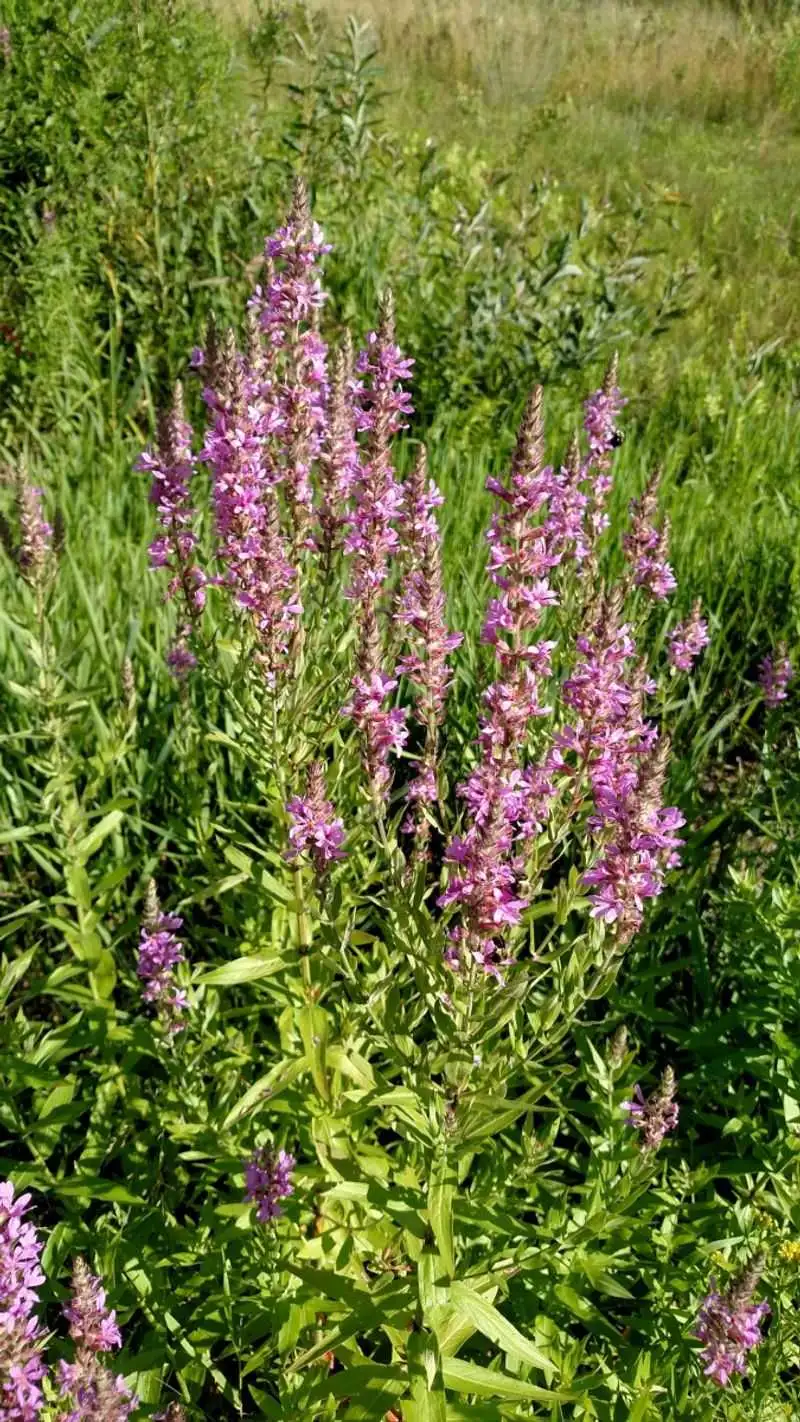
Purple Loosestrife’s striking purple flowers may catch the eye, but its invasive nature is a threat to wetlands. This plant can form dense stands, outcompeting native flora and altering habitats.
Its presence can lead to reduced biodiversity and the disruption of aquatic ecosystems. Landscapers avoid Purple Loosestrife to protect native wetlands and maintain ecological integrity.
Native alternatives like Blue Vervain can provide similar floral appeal without the invasive consequences.
Common Reed (Phragmites)
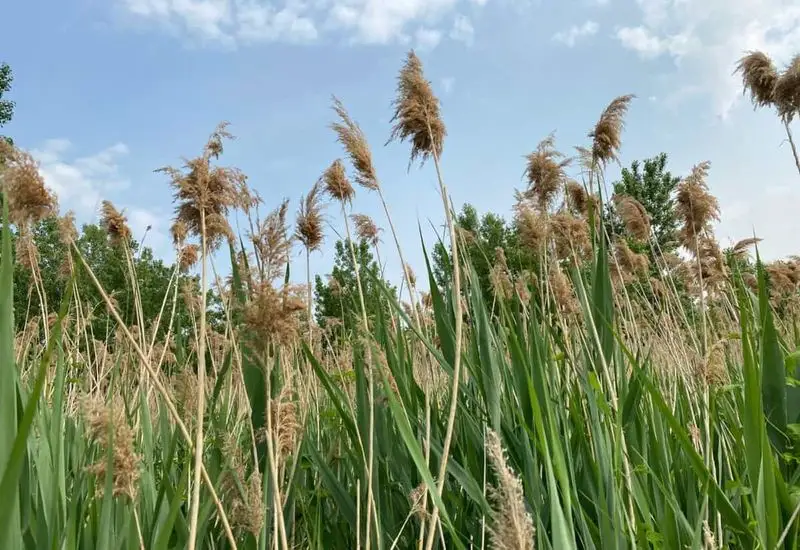
Common Reed, or Phragmites, is a towering grass with an imposing presence in wetlands. While it provides some habitat value, its invasive nature often overshadows this benefit.
Phragmites can form dense monocultures, stifling native species and altering water flow. Landscapers aim to control its spread to preserve natural wetland functions.
Native grasses like Sedge can offer similar ecological benefits without the aggressive spread.
Tree of Heaven

Tree of Heaven might sound divine, but its aggressive nature is far from heavenly. This fast-growing tree can quickly dominate an area, crowding out native species and altering ecosystems.
Its resilience makes it difficult to control, leading landscapers to avoid it in favor of more manageable trees. Additionally, its presence can lead to increased maintenance costs.
Opt for native trees that support local biodiversity and require less intervention.
Yellow Flag Iris
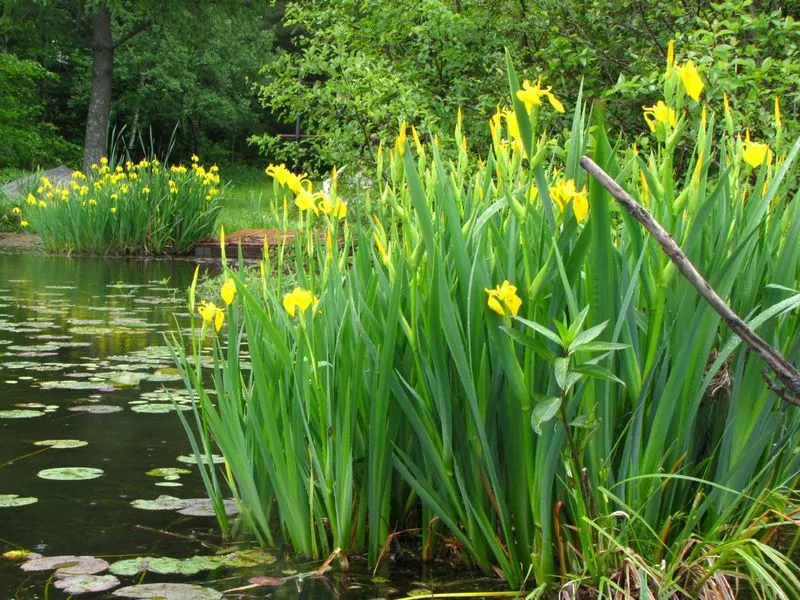
Yellow Flag Iris captivates with its bright blooms and ability to thrive in wet areas, but it often becomes invasive. This plant can aggressively spread in aquatic environments, outcompeting native species.
The ecological impact of Yellow Flag Iris is a concern for landscapers who prioritize maintaining natural balance. It can displace important native plants, leading to reduced biodiversity.
Consider native aquatic plants like Blue Flag Iris for similar beauty without the invasive risks.
Privet
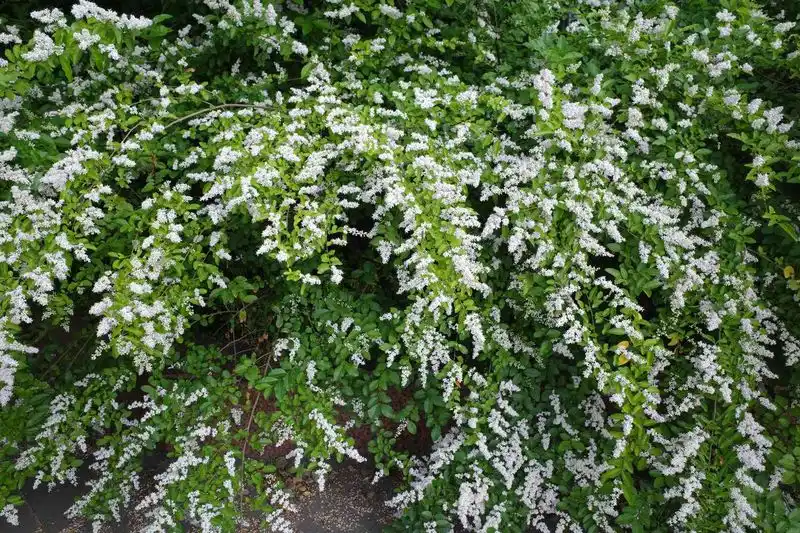
Privet is often used for hedges due to its dense growth, but its invasive nature can lead to problems. Once established, privet can spread beyond intended areas, forming dense thickets.
This shrub can crowd out native plants, leading to reduced biodiversity in affected areas. Landscapers often avoid privet to maintain ecological balance and reduce management efforts.
Opt for native hedge plants that offer similar privacy benefits without the invasive tendencies.
Japanese Knotweed
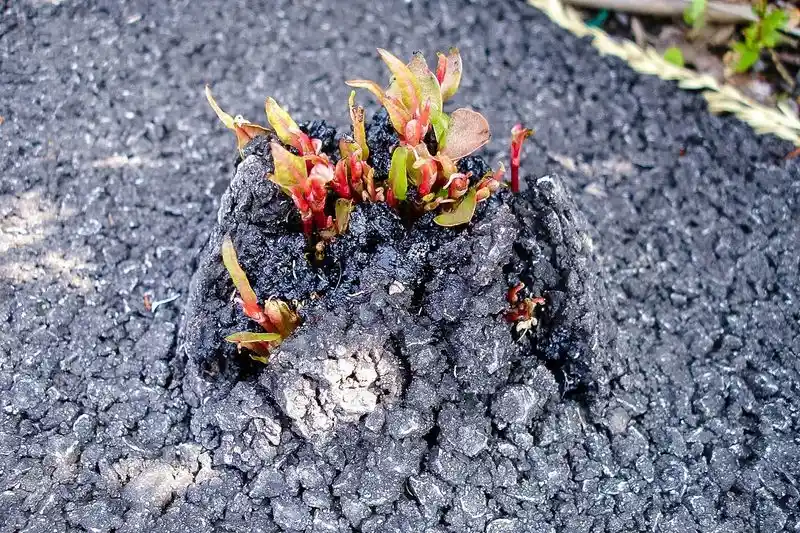
Japanese Knotweed is a formidable presence in landscapes, known for its rapid growth and resilience. Often found along roadsides, it has the potential to damage infrastructure with its strong roots.
This plant can be challenging to control, making it a nightmare for landscapers who seek sustainable solutions. Its aggressive spread can lead to costly management efforts.
Choose native plants that provide similar greenery without the structural risks.
Garlic Mustard
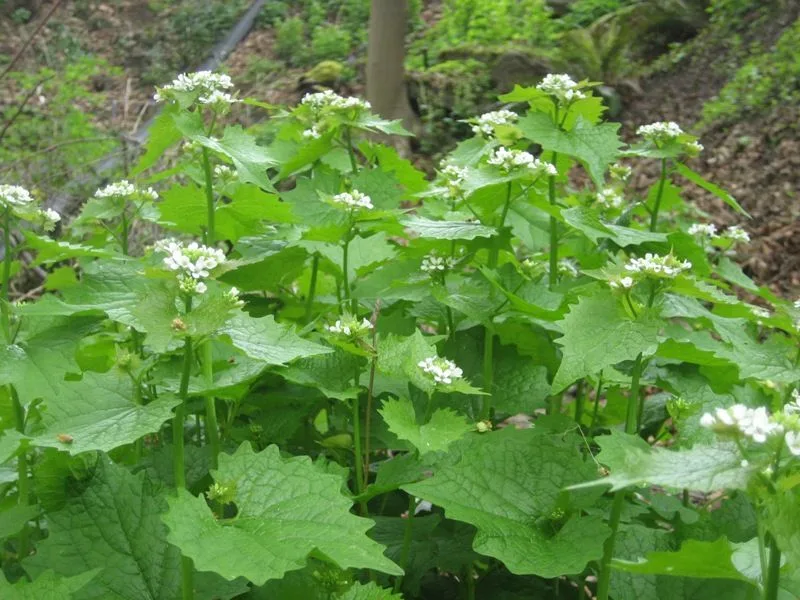
Garlic Mustard might sound appetizing, but its impact on forests is far from savory. This biennial plant can spread rapidly, forming dense patches that outcompete native vegetation.
Its presence can disrupt the delicate balance of forest ecosystems, leading landscapers to avoid it in favor of native groundcovers. Garlic Mustard’s aggressive nature requires significant control efforts.
Native groundcovers like Wild Ginger offer similar benefits without the invasive consequences.
Morning Glory
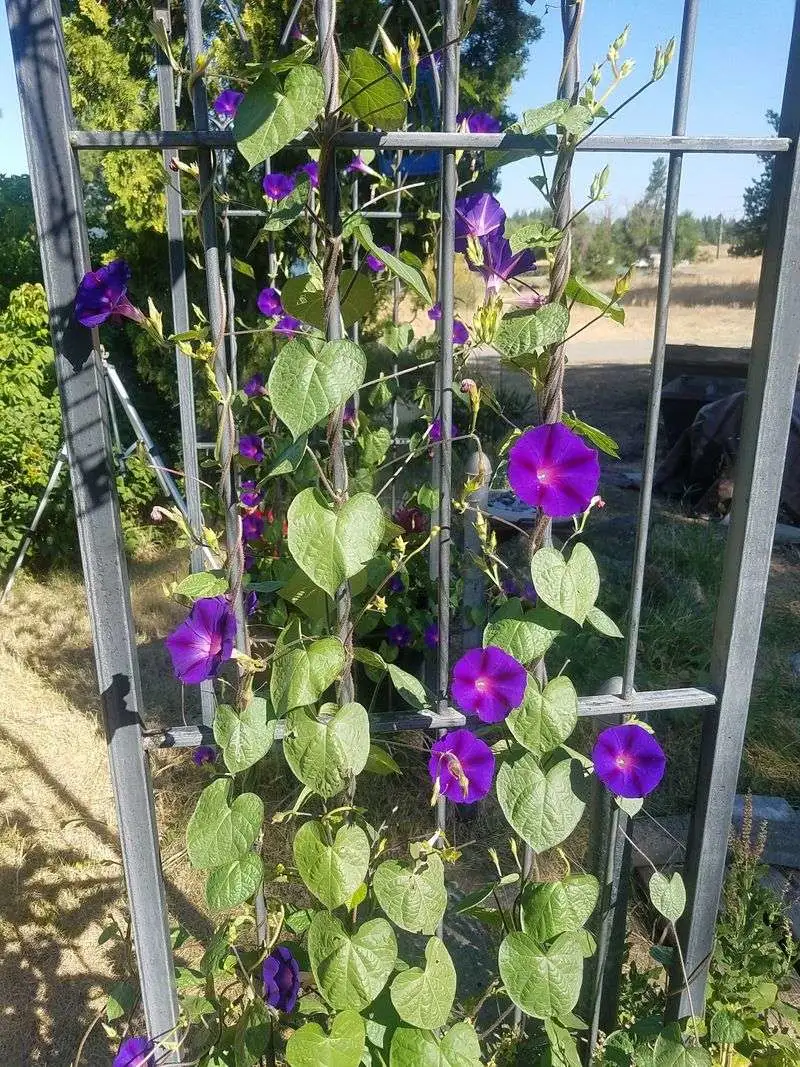
Morning Glory’s vibrant blooms provide a cheerful garden display, yet its rapid growth can quickly become overwhelming. This vine can smother other plants and structures, requiring diligent management.
Landscapers often avoid Morning Glory due to its aggressive nature and the effort needed to keep it in check. Its ability to reseed can lead to unintended spread.
Choose native climbing plants that offer similar beauty without the maintenance demands.
Lantana

Lantana’s vibrant colors make it a popular choice for gardens, but its invasive potential in warm climates can be problematic. This plant can spread rapidly, taking over natural areas and displacing native species.
In some regions, Lantana is considered a noxious weed, leading landscapers to avoid it. Its presence can lead to ecological imbalances and increased management efforts.
Consider native flowering plants that offer vibrant displays without the invasive risks.
Burning Bush

Burning Bush captivates with its fiery autumn hues, but its invasive tendencies detract from its appeal. This shrub can spread beyond intended garden areas, forming dense thickets.
Its ability to outcompete native species makes it a less desirable choice for landscapers who value ecological balance. Burning Bush requires careful management to prevent unintended spread.
Choose native shrubs that provide stunning fall colors without the invasive drawbacks.
Creeping Jenny
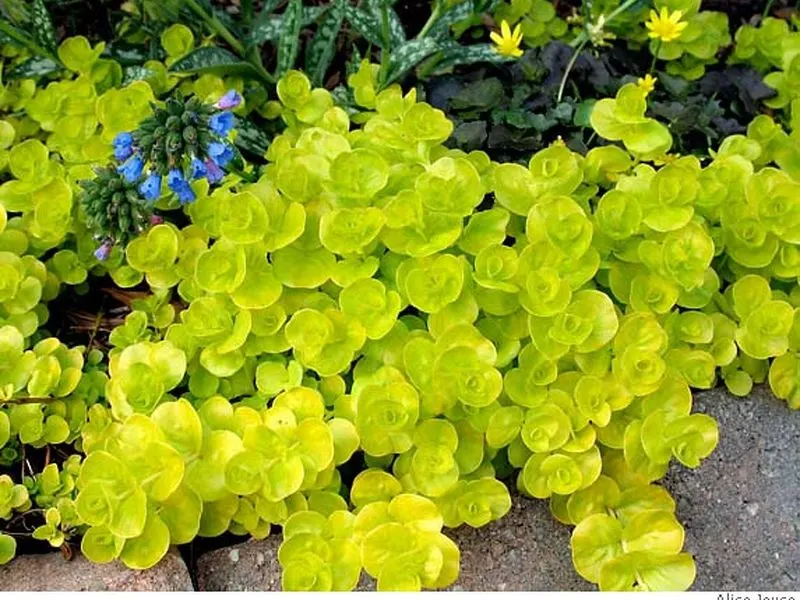
Creeping Jenny charms with its bright green foliage and ground-covering ability, yet its aggressive spread can be a downside. This plant can overrun garden beds and outcompete other plants.
Landscapers often avoid Creeping Jenny in favor of groundcovers that offer similar benefits without the aggressive nature. Managing its growth requires careful oversight to prevent garden domination.
Consider native groundcovers that provide coverage and color without the invasive risks.
Mimosa Tree

Mimosa Tree, with its delicate pink flowers, adds a touch of elegance to gardens, but its invasive nature can quickly overshadow its beauty. This tree can spread rapidly, outcompeting native trees and shrubs.
Its presence can lead to maintenance challenges, as it often requires significant effort to control. Landscapers prefer alternatives that support local ecosystems.
Native flowering trees offer similar aesthetic appeal without the invasive tendencies of the Mimosa.

